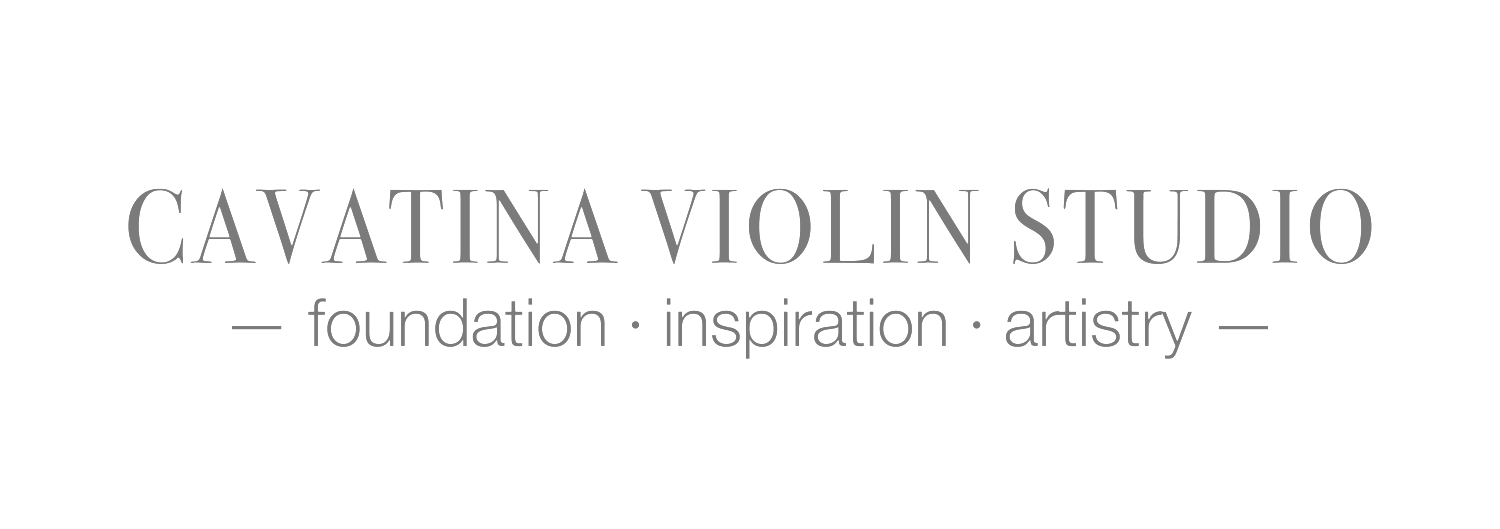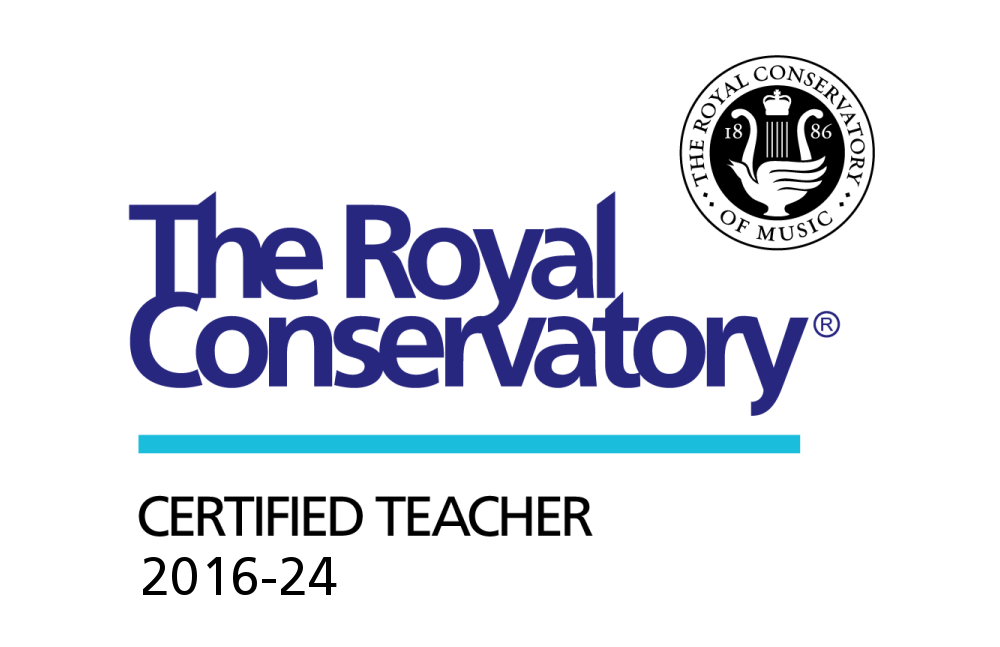The Art Of Consistency
/At one point or another, it has happened to all of us. You work hard on your repertoire all week putting in extra hours to perfect it, then you go into your lesson and everything falls apart. As you play, your frustration builds and you try in vain to assure your teacher that you have in-fact been practicing diligently all week. Leaving your lesson, you worry that all your hard work was for nothing, and you feel a sense of disappointment that the positive experience you were hoping for turned into such a struggle. Whether it’s in personal practice, a lesson or a performance, consistency seems to be that elusive thing that can never quite be conquered. What is the art of consistency, and how do you achieve it?
When explaining consistency to my students I like to use the analogy of a three level pyramid. The first and base level is consistency in practice, the second and middle level is consistency in lessons, and the final and top level is consistency in performance. Each level takes time to achieve individually and builds upon the previous.
When my students become frustrated that their hard work and consistency from practice does not immediately translate into their lessons or performances, I ask them to think about how much time it took to achieve consistency in practice. Once you have achieved a good working relationship with a piece, it is easy to forget the obstacles you had to overcome to get to that point. It often takes a great deal of time before you start to achieve consistency in practice; meaning, you are able to play a piece without technical hindrances or major stops, and communicate your musical intentions with relative clarity in successive repetition. When you work through the process of achieving consistency, you will often find certain things work one day and not the next. This inconsistency is part of the process since it takes time to internalize new material, and also for that material to settle. Eventually, if you keep working, things will begin to fall into place and you’ll start to see consistency in your playing on a daily basis.
Next, let’s take into consideration the added set of variables that occur when you move from level one (practice), to level two (lesson). The first variable that changes is your environment. Personal practice generally takes place in a safe and comfortable environment where you are not evaluated or scrutinized by a teacher. If you make a mistake you can can go back and correct it, and you have the option to repeat things as many times as necessary until they fall into place. In addition to environmental change, you also have to take into consideration psychological change. Having a teacher present and listening with a critical ear brings about added pressures which can have a variety of effects on you. You may become tense and hyper aware of everything that does not work the first time through. Passages you play with ease in a relaxed environment suddenly don’t translate under pressure. It often takes time for things that stand up in personal practice to achieve the same consistency in lessons. It may take multiple lessons to be able to centre yourself, focus on the task at hand, and not become distracted by the many outside variables. Think back to the one-day on one-day off obstacle you worked through in practice, and how with time, you were able to overcome it. With each passing lesson, you will see the same process transpire in lessons.
After you have achieved consistency in lessons; meaning, you are able to play a piece without technical hindrances or major stops, and communicate your musical intentions with relative clarity in successive repetition, you are ready to start the process all over again by working toward consistency in performance. This final and top level of the pyramid can often take the longest and be the most elusive to achieve. Perhaps the trickiest thing about consistency in performance is that performance often exposes ones default tendencies, including old habits you thought you had corrected. Suddenly that old bow hand habit you though you had fixed comes surging back with a vengeance when you are under pressure. In addition, performance also exposes you to a large array of environmental and psychological variables. Many times all the things you’ve worked so hard to achieve consistency on in practice, lessons, masterclasses and dress rehearsals don’t seem to translate when you first take a piece into performance. When this happens and you begin to feel frustrated, think back to the first level of the pyramid and remember how much work, and how long it took for you to achieve consistency in practice. You didn’t expect to master a new piece the first time you practiced it, so in-turn you can’t expect yourself to perfectly articulate all technical and musical intentions the first time you play a new piece in performance. It takes multiple performances before you begin to feel comfortable with a new piece, and are able to articulate everything the way you would like. The more you perform, the easier it becomes and the more consistency you achieve.
When looking at the amount of time it takes to achieve consistency at any level of the pyramid, there are two additional variables you need to take into consideration; skill level and degree of difficulty. You can breakdown skill level even further into two subcategories, long-term and short-term goals (or fixes). A short term goal (or fix), such as an alternate fingering, may not take much time at all to become consistent in performance. However, a long term goal (or fix), such as a bow hand alteration, may take years to become fully consistent in performance. Try not to be too hard on yourself if a long term goal does not hold up in performance the first, second, or even third time around. Remember all the hard work you have done will pay off, you just might not be able to see it right away. Also, take into consideration your skill level in relation to the degree of difficulty of the piece. If the piece you are working on is right at, or slightly above your skill level, consistency will often take longer to achieve. However, as your skill level grows you will develop a larger “box of tools” to work with when learning new material. As a result, you will most likely find the amount of time it will take you to learn a comparable piece will lessen the second time around.
So, the next time you leave your lesson in frustration because things didn’t turn out quite the way you practiced, don’t get too discouraged. Keep the pyramid in mind, and don’t give up!




